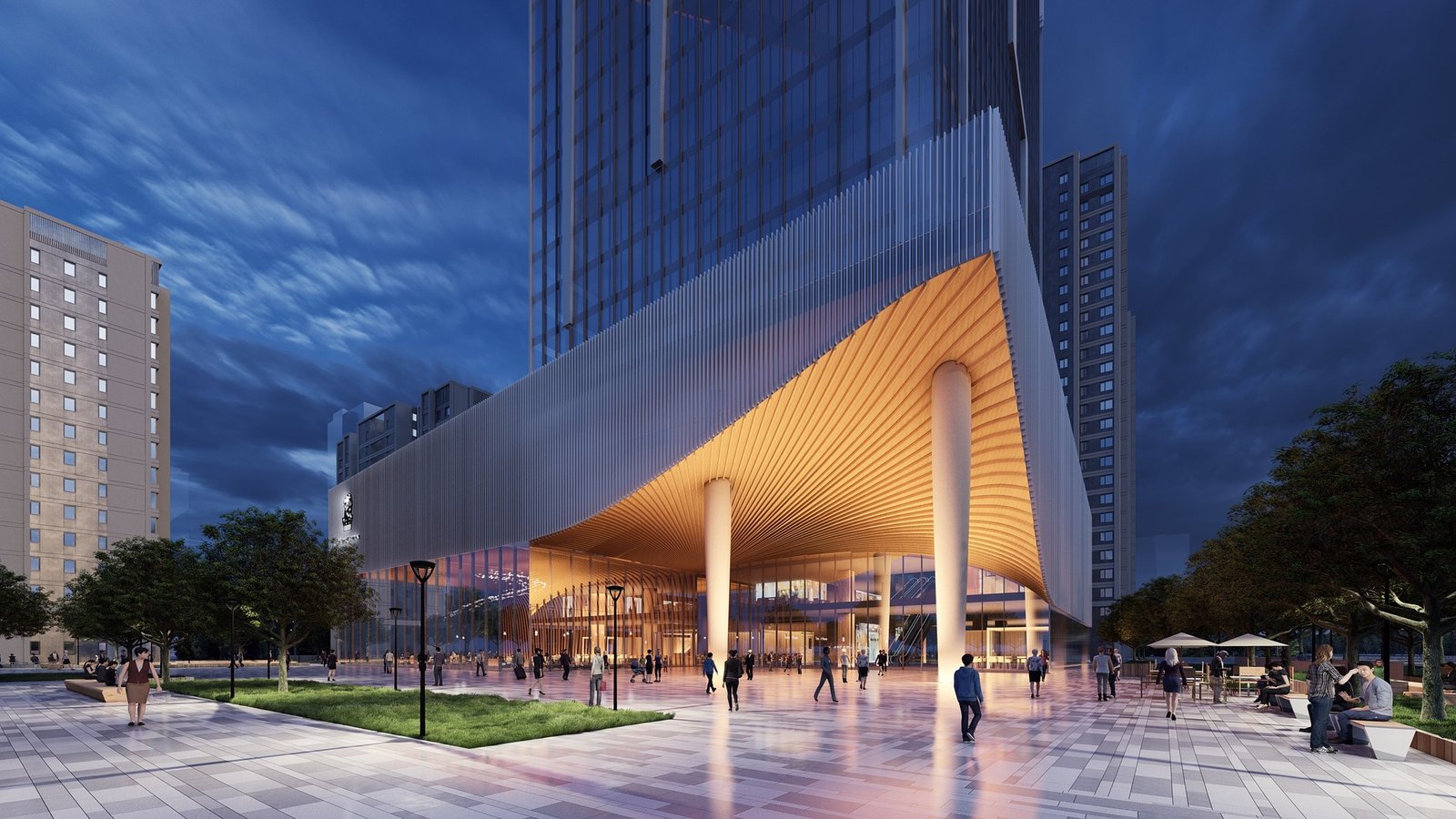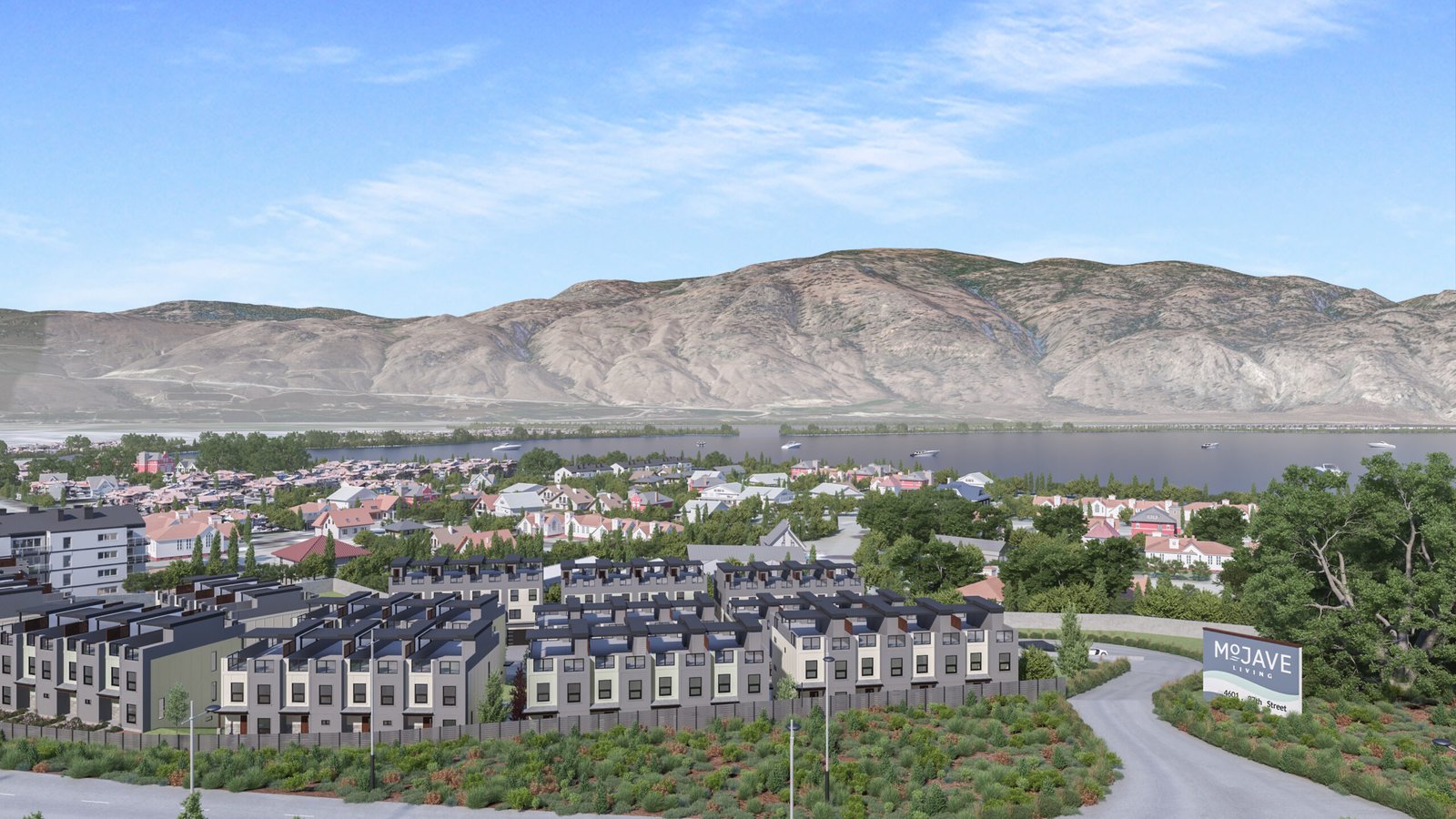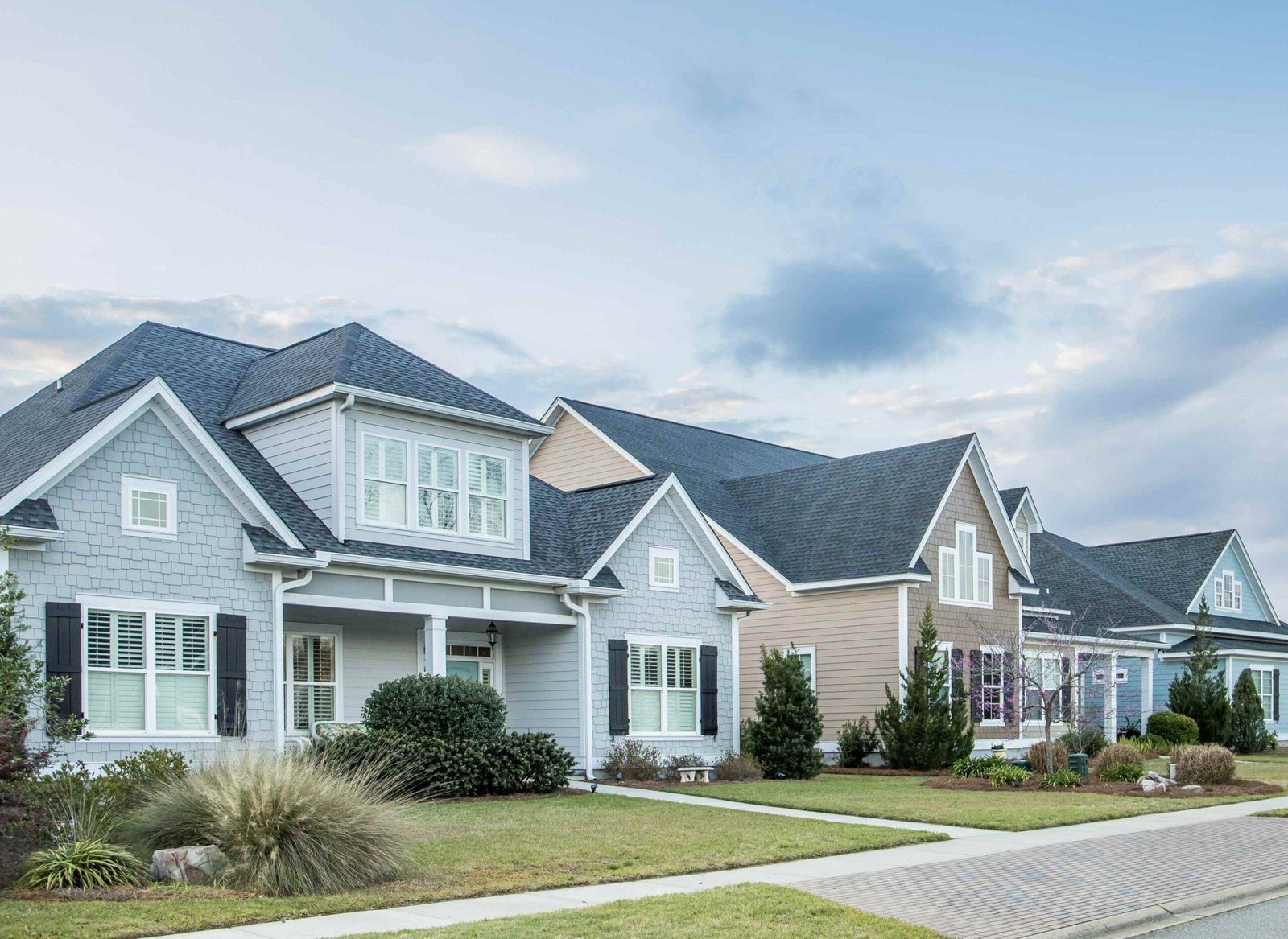Table of Contents
Key Takeaways
What makes 3D rendering for architects and designers indispensable?
It transforms BIM and CAD data into photorealistic images and animations that communicate scale, materials, and light—bridging the gap between technical drawings and client understanding.
In what ways does 3D rendering lower costs and mitigate risk?
Early clash detection, virtual prototyping, and glare studies catch errors before construction, saving tens of thousands on change orders and physical mockups.
How does 3D rendering impact marketing and investment?
Photorealistic stills, animated fly-throughs, and interactive configurators drive 30–40 percent higher engagement in sales and crowdfunding campaigns.
What is the difference between 3D rendering and architectural visualization?
3D rendering is the technical process of generating photorealistic images from 3D models. Architectural visualization encompasses the broader workflow—including client presentations, marketing assets, and interactive experiences—built around those renders.
What Is 3D Rendering for Architects and Designers?
3D rendering for architects and designers bridges the gap between technical architecture documents and the intuitive understanding clients crave. It uses specialized rendering tools like software such as 3ds Max, Blender, V-Ray, and Unreal Engine to transform digital geometry from Revit, ArchiCAD, or Rhino into lifelike renderings.
These renderings combine geometry, Physically Based Rendering materials, realistic lighting setups, and contextual environments to create visuals that feel as real as photographs.
By tapping into professional 3d rendering services, studios avoid relying on static line drawings and hand sketches, instead delivering dynamic animations, interactive walkthroughs, and high-resolution stills that speak directly to stakeholder aspirations.
Implementing 3d architectural rendering early in a project enhance client satisfaction by allowing real-time design feedback and material experimentation.
In one university campus master plan, we used cloud-based render farms to iterate façade materials and landscape contexts overnight. The next morning, the design team presented five distinct looks—brick, metal paneling, glass curtain walls alongside sunrise and dusk lighting tests.
Clients commented on finishes directly within the virtual scene, and we captured every note without ambiguous markups.
This immediate clarity accelerated approval cycles by 60 percent and elevated client satisfaction scores in post-occupancy surveys, demonstrating the tangible impact of professional renderings on project outcomes.
When architects integrate 3d rendering services into their workflows, they gain more than photorealistic images; they acquire a communication tool that unifies design intent, technical precision, and client experience.
How Does 3D Rendering Elevate Design Communication?
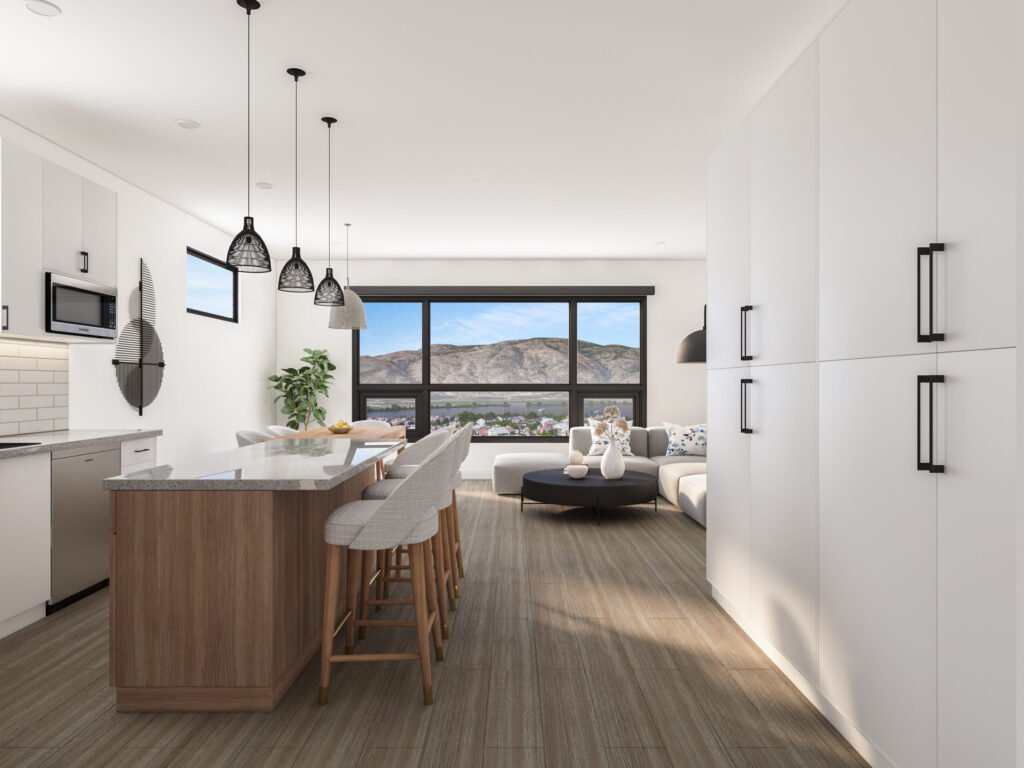
3D rendering lifts design communication from abstraction to immersion.
- Visual Clarity: Photorealistic renders reveal material textures, lighting interplay, and spatial proportions far better than line drawings.
- Interactive Feedback: WebGL viewers and real-time engines empower clients to pan, zoom, and comment directly on the model.
- Contextual Accuracy: Surrounding buildings, landscaping, and site topography integrate with your model to demonstrate how new designs inhabit existing environments.
- Material Trials: Swapping PBR textures like wood, concrete, metal, happens in seconds, letting clients compare finish options side by side.
On a residential hospitality project, showing two façade variants in renders enabled the design team and homeowner to agree on brick and window proportions in a single meeting, avoiding weeks of back-and-forth.
How Does 3D Rendering Streamline Collaboration and Workflow?
Embedding 3D architectural visualization in your workflow centralizes assets and feedback.
- Cloud Asset Libraries: Geometry, textures, and lighting setups reside in a shared repository likeGit LFS or cloud storage so everyone pulls the same files.
- Automated QA Scripts: Python-based checks for overlapping UVs, missing texture links, and naming conventions run before render jobs start.
- Versioned Outputs: Each render iteration carries metadata—date, author, revision notes—enabling clear rollback paths.
- Multi-Discipline Access: Structural engineers review grey-clay passes for geometry integrity, while interior designers evaluate finish schedules on textured previews.
Using these practices, a healthcare campus project saw QA errors drop by 30 percent and review cycles compress by two weeks across architectural, MEP, and interior design teams.
How Does 3D Rendering Enhance Client Confidence?
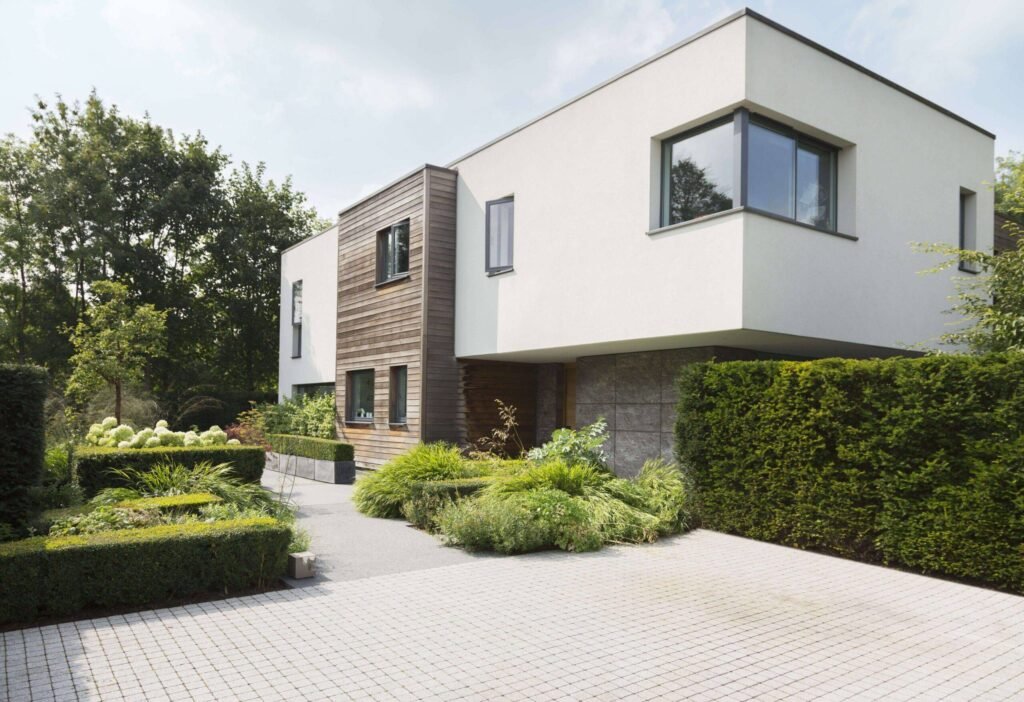
Clients often lack the spatial imagination to interpret floor plans and sections. 3D rendering bridges that gap by showing exactly how a space will look, feel, and flow.
- Annotated Markups: Pin-based comments on shared renders ensure all feedback is captured and assigned.
- Real-Time Walkthroughs: Tablet or VR headset tours let clients swap materials and light settings on the fly, deepening their understanding.
- Material Samples: Photorealistic close-ups of surface finishes reduce uncertainty about color and texture.
After introducing 3D rendering into our early proposals for a luxury condo tower, client change requests fell by 50 percent.
Buyers committed faster when they saw polished examples of living rooms, rooftop gardens, and lobby foyers before reaching the sales center.
How Does 3D Rendering Detect Errors and Reduce Costs?
Architectural visualization uncovers design conflicts long before ground-breaking.
- Clash Detection: Renders highlight hidden overlaps—a duct intersecting a beam or a column cutting through a window. One office tower project saved $35,000 by resolving an HVAC clash pre-construction.
- Glare and Solar Analysis: Simulating sun path and sun-sky systems reveals glare hotspots on glazing and workstations, informing shading strategies without costly mockups.
- Virtual Prototyping: Exploded-view animations validate assembly sequences and fit for custom millwork, trimming physical prototype costs by up to 80 percent.
- Permit Visualization: High-resolution exterior renders with landscaping context speed zoning approvals by providing clear site intent.
By catching these issues digitally, you shrink contingency budgets and avoid mid-build reorders or delays.
How Does 3D Rendering Support Rapid Iteration?

Digital workflows thrive on iteration and customization.
- Parametric Models: Adjust door heights, railing profiles, or ceiling details and re-render in minutes.
- Time-of-Day Studies: Switch between golden hour, midday, and dusk scenes to help stakeholders choose ambiance. A boutique hotel project saw a 25 percent uptick in pre-bookings after we presented both dawn and twilight visualizations.
- Material Mix-and-Match: PBR libraries let you test stone, wood, metal, and fabric in layered compositions without waiting for sample deliveries.
- Branding Mockups: Swap signage, wayfinding elements, and branded finishes seamlessly for marketing campaigns.
Rapid iteration encourages creative exploration, shortens decision loops, and ensures alignment with client vision.
How Does 3D Rendering Fuel Marketing and Investment?
Architectural visualization doubles as a marketing engine.
- High-Res Stills: Brochures, social media ads, and websites come alive with captivating, photoreal images. A real estate developer reported a 35 percent rise in web leads after replacing flat photos with bespoke renders.
- Animated Fly-Throughs: Video tours highlight circulation, views, and context is ideal for investor presentations and crowdfunding platforms. Campaigns that featured fly-throughs reached funding goals 60 percent faster.
- Interactive Configurators: WebGL viewers let prospects toggle finishes, floor plans, or furniture packages, generating deeper engagement and pre-sales.
- Virtual Staging: Digitally furnished scenes reduce staging costs by up to 70 percent, especially for empty listings or model units.
By integrating 3D rendering for architects and designers into your marketing mix, you sharpen your competitive edge and attract qualified buyers and investors.
How Do VR and AR Extend the Value of 3D Rendering?
XR technologies amplify architectural visualization impact.
- VR Immersion: Clients don headsets for lifelike walkthroughs that convey scale and materiality. Emotional resonance with virtual spaces often leads to quicker approvals and higher satisfaction.
- AR On-Site Previews: Overlay proposed façades or interiors on existing structures via tablets or smartphones. During a heritage renovation, AR alignment ensured new interventions respected historical context and eased regulatory negotiations.
- Remote Collaboration: Stakeholders in different cities inhabit the same virtual model, discuss design options live, and annotate in real time.
- Safety and Training: Construction teams rehearse build sequences and safety protocols in VR models, reducing onsite accidents and rework.
Pairing VR and AR with 3D rendering for architects and designers unlocks deeper engagement, clearer communication, and stronger project alignment.
What ROI Metrics Validate 3D Rendering Investments?
Measuring the impact of 3D rendering clarifies its business value:
- Approval Cycle Reduction by 50 percent
- On-Site Change Order Savings of $10,000–$50,000 per project
- Prototype Cost Savings of 60–80 percent
- Marketing Lead Increases of 30–40 percent
- Permit Review Time Shortened by 40 percent
A waterfront mixed-use client recorded a 28 percent faster sales velocity and a 45 percent drop in permit review timelines within six months of adopting a visualization-centric workflow.
Key Benefits of 3D Rendering for Architects and Designers
| Benefit Category | Business Impact |
|---|---|
| Design Communication | Clearer spatial understanding; fewer misinterpretations |
| Collaboration & Workflow | Centralized assets; automated QA; faster handoffs |
| Cost and Risk Reduction | Early clash detection; virtual prototyping; glare analysis |
| Client Confidence | Immersive walkthroughs; annotated feedback; material trials |
| Marketing & Sales | Photoreal stills; animated tours; interactive configurators |
| XR Integration | VR immersion; AR previews; remote collaboration |
What to Look for in a 3D Rendering Service Partner?

Selecting the right provider ensures consistent, high-quality outputs:
- Technical Expertise: Certified artists in 3ds Max, Blender, V-Ray, Unreal Engine, and Substance workflows.
- Robust Infrastructure: NVIDIA RTX A6000+ clusters, cloud-bursting capabilities, and GPU-accelerated turnarounds.
- Quality Assurance: Automated UV-overlap, texture-link checks, and AOV-pass validation scripts.
- Security & Compliance: AES-256 encryption, SOC 2 or ISO 27001 certification, and NDA protocols.
- Transparent Pricing: Clear rate cards for stills, animations, revision rounds, and rush fees.
- Communication: Dedicated Slack or Teams channels, Jira integration, and shared dashboards for real-time status.
A small paid pilot project often reveals pipeline maturity, responsiveness, and deliverable quality before committing to larger volumes.
Conclusion and Next Steps
3D rendering for architects and designers is a transformative practice that enhances design clarity, fosters client trust, and streamlines project delivery.
By embedding photorealistic imagery, animated walkthroughs, and interactive configurators into your workflow, you reduce errors, accelerate approvals, and fuel marketing success.
Next Steps for Your Firm:
- Conduct a visualization audit: Identify current gaps and set target metrics for approval time, change-order reduction, and marketing engagement.
- Pilot a small rendering package: Test quality, speed, and collaboration tools with a single exterior or interior scene.
- Develop standardized asset libraries: Create shared folders for PBR materials, HDRI maps, lighting presets, and model templates.
- Integrate QA automation: Deploy scripts to catch UV overlaps, missing textures, and AOV inconsistencies before rendering.
- Embrace XR previews: Offer VR tours and AR overlays in key client presentations to deepen engagement and expedite sign-offs.
When you’re ready to elevate your projects and client relationships with world-class architectural visualization, partner with Build3dRender and bring your designs to life in stunning, photorealistic detail.
FREQUENTLY ASKED QUESTIONS
What are the main benefits of using 3D rendering for architects and designers?
3D rendering offers clearer communication, realistic previews, faster design iterations, and stronger client buy-in. It turns abstract ideas into visuals clients can instantly understand.
Can 3D rendering reduce design errors and costs?
Yes. By visualizing the design early, you can catch clashes, lighting issues, spatial conflicts, or material mismatches before construction, saving time and costly fixes.
Does 3D rendering help with marketing and winning more clients?
Absolutely. High-quality visuals elevate your portfolio, impress prospects, and differentiate you from competitors. When clients see better visuals, they often choose the designer who communicates best.
How quickly can designers iterate changes using 3D rendering?
Very fast. Because renders are digital, you can swap materials, adjust lighting, or tweak layouts quickly. That flexibility accelerates decision making and creative exploration.
Is 3D rendering suitable for small projects or just big ones?
It works for all scales. Even smaller residential or interior jobs benefit — it helps homeowners visualize better, make choices confidently, and feel more involved in the process.

